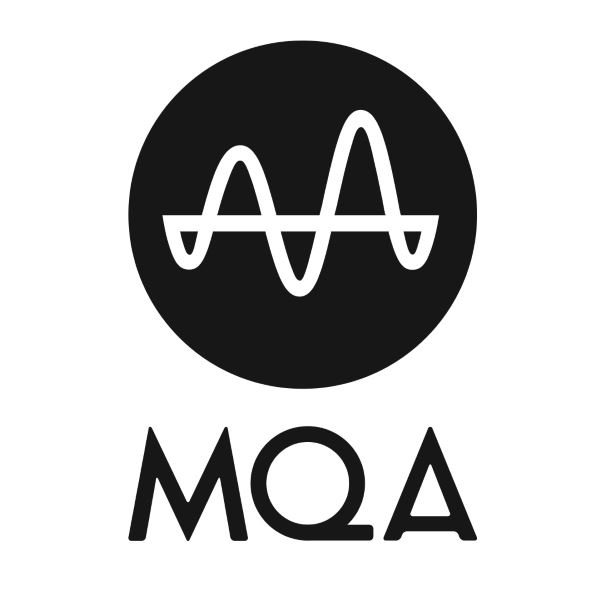Digital Music File Types.... Explained
Digital Music File Types.... Explained

There are essentially two types of digital audio file types,lossy audio formats and high resolution lossless audio formats.With lossy files some of the musical data is discarded as the original recording is compressed to make a smaller file size.Lossy formats are often used by streaming services such as Spotify and Pandora and are the preferred format for iTunes and Amazon.The small file size makes it possible to easily download and store files on a portable device.
Some examples of lossy file types areMP3,AAC,OGG Vorbis and WMA.Moving Picture Experts Group (MP3) is the most popular and widely supported compressed lossy digital music format.it removes the parts of the music that can't be heard by the human ear.AAC is Advanced Audio Coding or MPEG 4.Itis used by iTunes for it's customer downloads and by Youtube for streaming audio.OGG Vorbis is a lossy compressed format popular with services like Spotify.Windows Media Audio or WMA files are compressed lossy windows proprietary codec.
With lossless file types all the information from the original studio recording is maintained when the file is processed and stored on a computer.The only drawback is that these uncompressed file typesare large and mean less songs can be stored in the same space.
the Free Lossless Audio Codec or FLAC is the most common lossless compressed audio format for musical downloads.FLAC files are around half the size of the original uncompressed version.Unfortunately iTunes doesn't support this format.Apple Lossless Audio Codec or ALAC is an open source lossless compression format developed by Apple.Waveform Audio Format or WAV is commonly used on PC computers and most Apple computers,however they are limited to 2GB in size.Direct Stream Digital or DSD was developed for SACD by Sony and Philips.Finally,Audio Interface File Format or AIFF is used on Apple computers.It allows the artist's name and notes to be stored.
Enter Master Quality Authentication or MQA.There are other blogs on the site that go into detail about MQA.In brief,it essentially does two things.It goes back to the original master recording and captures the missing timing detail.It then,by use of advanced digital processing delivers it in a form that's small enough to download or stream.

Recent Posts
-
Audio Technica AT-LP8X Semi Automatic Direct Drive Turntable
Audio-Technica AT-LP8X Semi-Automatic Direct Drive Turntable: A Comprehensive ReviewIn the realm of …22nd Nov 2024 -
Technics SL-1300G Grand Class Turntable
Exploring the Technics SL-1300G Grand Class Turntable: A Modern Marvel in Vinyl PlaybackIn the world …20th Nov 2024 -
Arcam A15 Integrated Amplifier
Exploring the Arcam A15 Integrated Amplifier: A Comprehensive ReviewIn the world of high-fidelity au …18th Nov 2024



